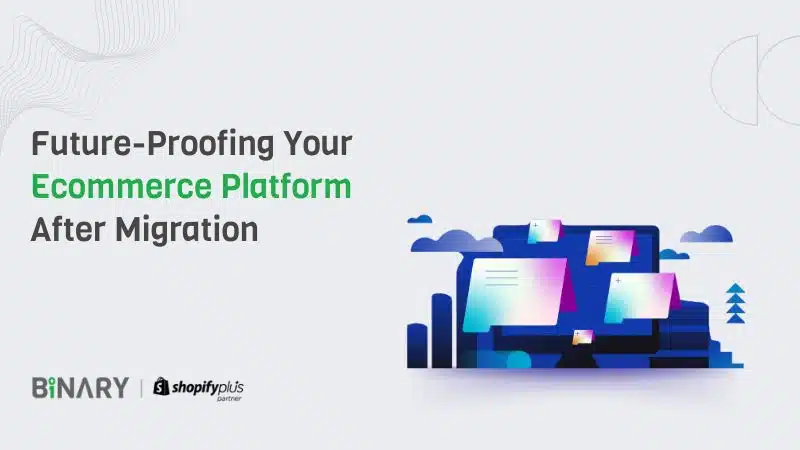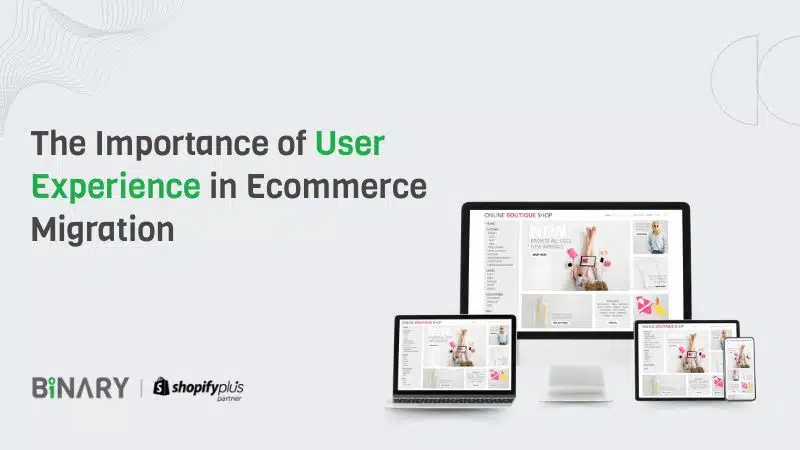After successfully migrating your ecommerce platform, it's essential to future-proof it to ensure long-term success...
Tag: migration
Migrating an ecommerce platform is a significant undertaking that comes with its share of challenges....
User experience (UX) is a critical factor in the success of any ecommerce platform, especially...
In the rapidly evolving landscape of B2B ecommerce, identifying and leveraging the right channels is...
Transitioning to B2B ecommerce isn't just about putting products online. It's about reimagining your entire...



















